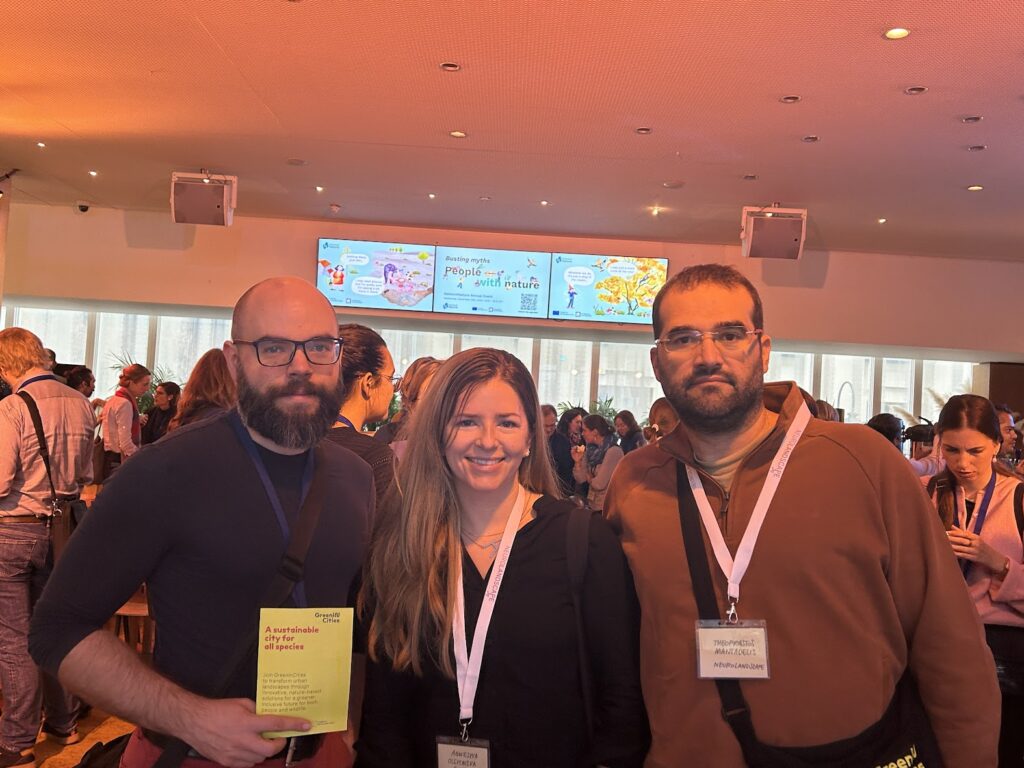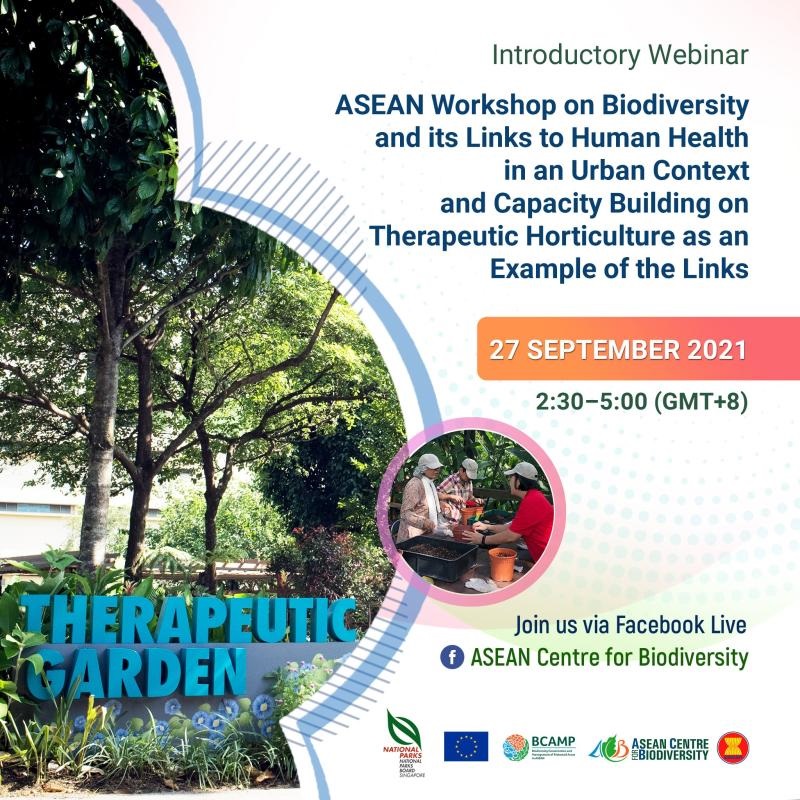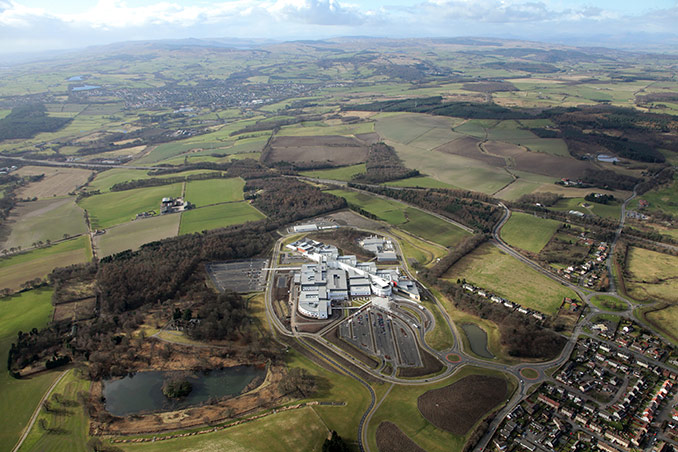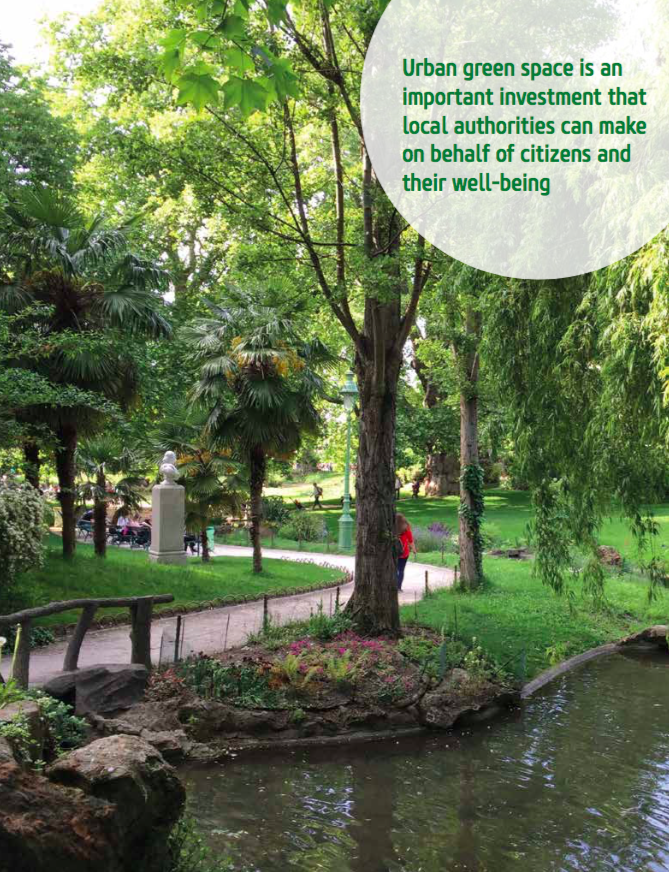NetworkNature Annual Event 2024 | Busting myths: People with nature 24-25 of September, 2024 | Brussels, Belgium The NeuroLandscape team just returned from an incredible few days at the NetworkNature EU Annual Event in Brussels! What a wonderful blend of insightful discussions, knowledge-rich myth-busting panels, and interactive hands-on workshops, all reinforcing the key message of Read More
Tag: mentalhealth
ASEAN Workshop on Biodiversity and its Linkages to Human Health
27 September 2021 at 2:30 PM Singapore The connections between biodiversity, mental health and physical inactivity are particularly relevant in the context of shifting global burden of diseases in which non-communicable diseases are among the most rapidly rising challenge to global public health. Contact with nature may provide positive mental health benefits, as well as Read More
EKLIPSE project outcomes: Systematic Review, Podcast, WHO Booklet
For several years, papers have been published about the positive impact of greenness on health, including some synthesis and systematic reviews. Yet, none of them has so far addressed the question of the type of habitats and components of such habitats that have a significant (and preferably positive) effect on mental health and psychological well-being. Read More
EKLIPSE Expert meeting, London
This is an interview with three members of EKLIPSE project talking about the latest Expert Group meeting in London which brought us closer to the final output of a project related to answering the question on which types and components of urban green and blue spaces have significant influence on human mental health and well-being.
Green Exercise Partnership, NHS Scotland
Scotland gets the importance of green space for health.Their National Health Service has teamed up with the Forestry Commission Scotland and Scottish Natural Heritage Heritage to create the NHS Greenspace Demonstration Project to ensure the inclusion of green space at health facilities around the country. They’ve even gone a step further with the Green Exercise Read More
WHO calls for action to make cities greener
For many years, the World Health Organisation (WHO) has made various moves to emphasize and promote mental health as one of the major issues of the developed world. Already in 2005, it stated that Europe’s biggest problem today is the effects of mental disorders of the European population. A quarter of the population suffers from Read More






